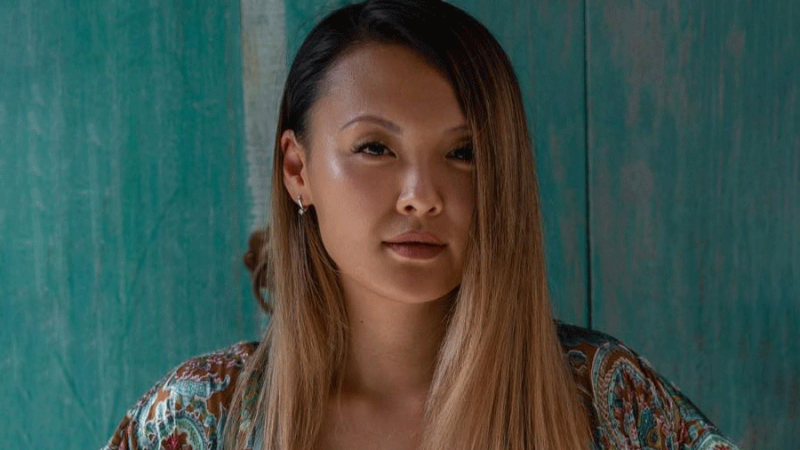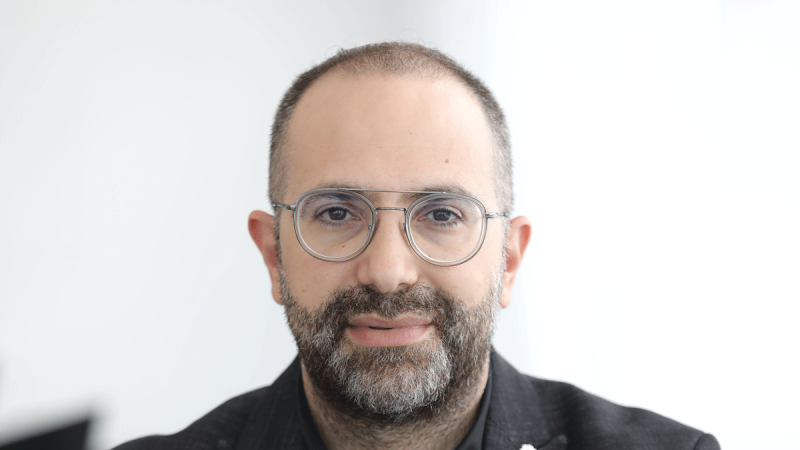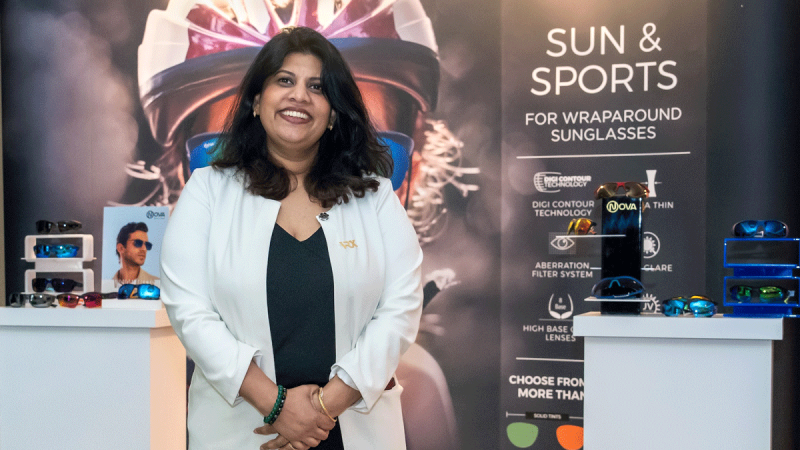For indigenous Canadians living in Alberta and Saskatchewan, the ability to access quality eye care remains a formidable challenge. In these two provinces, there are almost 425,000 Indigenous people from 115 First Nations and Metis communities. Just under half of those in Saskatchewan live on reserves, while for Albertan Indigenous people, it’s about a third.
The Canadian National Institute of the Blind (CNIB) conducted studies of Indigenous access to eye care and found that a third of Indigenous people had not had an eye exam in the last two years. The impact of this inequitable access to care causes higher levels of astigmatism, uncorrected refractive errors and complications with proper maintenance and wearing habits for glasses and contact lenses.
For the approximately 20% of Indigenous Canadians who are living with diabetes, there is a substantial risk of diabetic retinopathy going untreated, which can quickly lead to loss of vision. When patients do experience full or partial vision loss, there is little access to rehabilitation services in Indigenous communities.
To address this public health crisis, local and provincial governments are attempting to reduce barriers to care by creating new models for on-reserve and in-community eye care. These models are being created in collaboration with First Nations leaders.
With optometry in Canada being regulated by the provinces, there can be significant hurdles in ensuring compliance across different regulatory environments. The government can take further steps towards increasing standardization across provincial boundaries to help address the crisis in access. This will assist in encouraging collaboration and the sharing of resources among optometrists.
But in the end, the gaps in service must be filled mostly by practicing optometrists who make it their mission to address the inequities in access to care. One promising initiative involves telehealth solutions, many of which were developed to address the lack of in-person care during the pandemic.
Dr. Noufal Mais is the CEO of The Eye Centre franchise operating in small, rural towns across Alberta and Saskatchewan. He’s built his business model around providing top-notch optometry care to underserved populations. This year, he’s planning to launch a new telehealth initiative to reach even more people in rural towns and reserves across the two provinces.
“Telehealth has the potential to transform the way my patients receive diagnoses, consultations, and follow-ups,” says Dr. Mais. “That’s why I’m planning to launch Digital Optometric Services this year, with the hope of reaching the remote towns and First Nations reserves of Western Canada with the same quality eyecare we offer in our clinics.”
Dr. Mais also operates a Mobile Eye Clinic, traveling to work camps and indigenous communities each summer to provide eye care solutions.
To truly solve this crisis, it will take many more optometrists like Dr. Mais who are willing to take up the mantle of reaching underserved Indigenous communities with high quality care.







